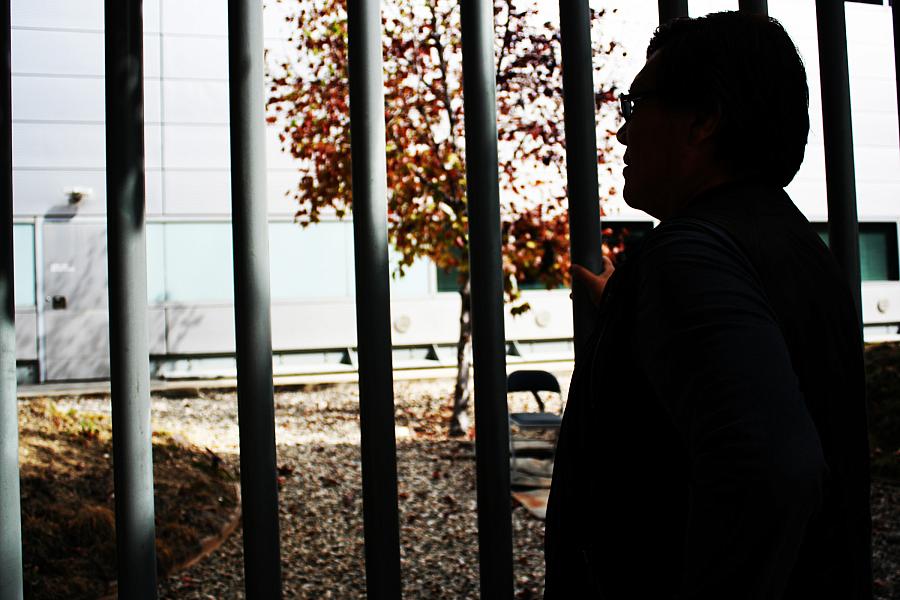Final Phase of HIV/AIDS Healthcare Project!

It's been over six months since I began the California Endowment Health Journalism Fellowship, and now here I am writing my final blog. In late May I completed my three-part series. The series examined how Asian Pacific Americans (APAs) access HIV/AIDS treatment and prevention services in California.
I brainstormed with my editor at the Pacific Citizen newspaper, a national APA publication based in Los Angeles, to come up with the themes for my articles.
When I first applied to the fellowship, the project I pitched broadly proposed researching how statewide funding cuts impacted the APA community's ability to access HIV/AIDS prevention and treatment services.I started researching the funding cuts after writing an article about how city funding cuts impacted the Asian & Pacific Islander Wellness Center in San Francisco, Calif. Healthcare workers at the A&PI Wellness Center had said that the funding cuts would prevent them from operating two programs for APAs who have HIV/AIDS and APAs who are at risk for HIV/AIDS.
After attending the fellowship workshops, I realized I would have to narrow down the focus of my articles. My fellowship mentor helped me with that.
In the end I decided to write the first article about the stigma of HIV/AIDS in the APA community. The published article was titled "Out of the Darkness: Asian Americans Confront the Stigma of HIV/AIDS." It highlighted how APAs living with HIV/AIDS deal with the shame and stigma associated with being diagnosed positive. I wanted to explore how being diagnosed with HIV/AIDS has changed these people's relationships with their family, friends, co-workers and etc. The article opened with the story of Sara, a 28-year-old who is living with HIV. Sara, who is planning her wedding, has kept secret her HIV status from some of her friends and family. She said she feared being blamed or misunderstood. Sara, like most of the other people I interviewed who have HIV/AIDS, did not want to have her last name printed in my article. After this article was printed, others interviewees-ones who had previously given me permissions to use their full names-requested to have the same protection. Due to the stigma and shame of the HIV/AIDS I had to work with interviewees to maintain their anonymity.
In the second article "Ending the Silence: Asian Pacific Americans Urged to Increase HIV/AIDS Testing," I examined the low HIV/AIDS testing rates among APAs. APAs in California represent about 2.8 percent of the total reported HIV/AIDS, but one in three APAs living with HIV doesn't know it. Compared to other ethnic groups, APAs have the lowest HIV testing rated. I led this article with Philip, a 27-year-old living with AIDS. Philip was hospitalized with seizures in 2011. Another person featured in the second article was Randy, who put off getting treatment for HIV until he was hospitalized in 2007.
The third and final article called "HIV/AIDS Healthcare: The Ties that Bind and Divide the Asian Pacific American Community," examined the differences in HIV/AIDS statistics and trends within different APA subgroups. The article began with Heather's story, a Burmese American who is living with HIV. Heather said she has to keep secret her HIV status because she fears being ostracized by the tight-knit Burmese community in the Bay Area.
When I began this fellowship project, I didn't consider that I might incur difficulties in getting HIV/AIDS patients to speak on the record about their life. To find HIV/AIDS patients I reached out to APA health organizations throughout California. With the help of healthcare workers, I was able to find people who trusted me enough to tell their stories. Another challenge was working around HIV/AIDS patients' medical appointments. I was lucky enough to be able to travel to the Bay Area twice willing doing the fellowship, which also helped.
My final article was published in the May 18 issue of the Pacific Citizen. I could not have completed this fellowship project without the help of healthcare workers across California. And of course, this project would not have been possible if the APAs living with HIV/AIDS didn't trust me with telling their personal stories. Many many thanks to everyone!

